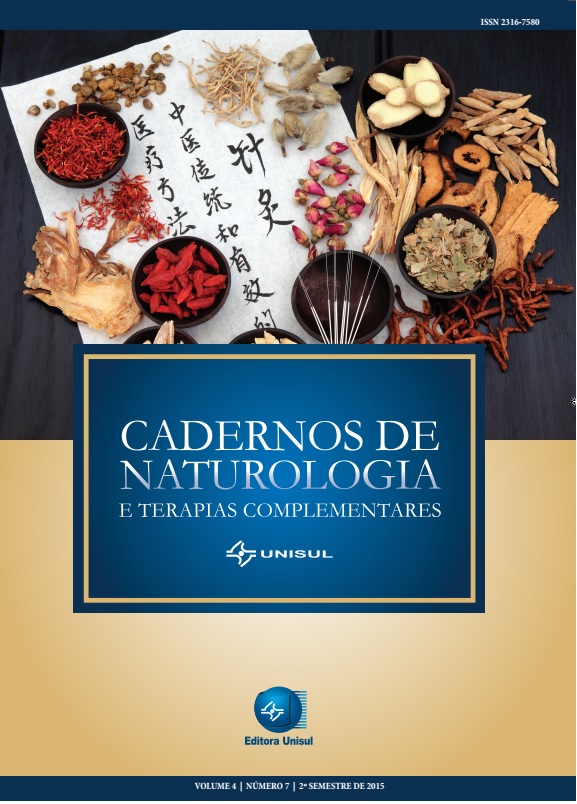Chang ti: identification of the constitutional factor through a morphological analysis according to the traditional Chinese therapy, with residents of the neighborhood Canto da Lagoa, Florianópolis
DOI:
https://doi.org/10.19177/cntc.v4e7201511-19Keywords:
Chinese Traditional Medicine, Five elements, Biotypology, Photographic Analysis, NaturologyAbstract
This study was aimed to validate the perspective of Traditional Chinese Therapeutic constitutional standards obtained by morphological analysis of the face, body and hands of some residents of the neighborhood Canto da Lagoa - Florianópolis - SC. The sample was a total of 20 participants, these were collected 5 photos (face, body, body profile, the dorsum of the hand and palm) and a behavioral questionnaire for each, and the data was analyzed and classified according to the theory of the five elements and then matched. It was attempted in this study to check the validity of the Chinese constitutional theory of the five elements as a tool purely observatio¬nal and evaluative system being applied outside of the context of their creation. Constitutional issues are the prerogative to the good understanding of the current individual’s situation in a therapeutic process, as well as directives for a correct treatment according to the functioning of one’s body. In photographic analysis made by a guest professor, 17 of 20 photographic analyzes were conclusive and 3 inconclusive, there was enough diffe¬rence in the prevalence of constitutions and elements between the analysis of questionnaire and photographic analysis at the intersection of data, 3 analysis were consistent, 8 partially compatible and 9 incompatible.


